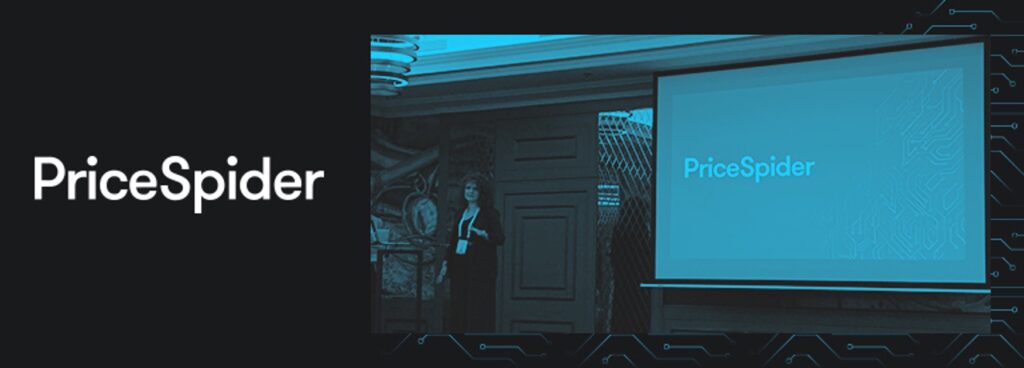By Julia Kennedy, PriceSpider Regional Director
With Europe’s online grocery market expected to double by 2030, optimizing your brand’s omnichannel experience has never been more pivotal. At the recent My Digital Shelf event in Hamburg on November 2, it became clear that how consumers purchase has been changing for years, but it’s crucial brands understand how to stay on top of these evolving behaviors.
Here are our top five takeaways from the event:
1. Online-to-offline is still growing
An astounding 80% of shoppers are making purchases after encountering products on social media and Meta platforms. On top of this, mobile has emerged as the dominant engagement channel, surpassing TV. Does this mean that online shopping has completely replaced in-store shopping? Of course not, as Meta’s Max Michel stated; online drives offline purchases and offline drives online purchases. Focus on consistent media and promotion strategies across channels that can reach customers in one place and drive conversion in another.
2. Quick commerce succeeds by driving basket value and frequency
Julian Altmann from Flink shared a very interesting success story outlining how they’ve been able to directly take market share from competitors like Getir and Gorillas month after month to grow their Q Commerce business. Their strategy revolves around increasing basket value, purchase frequency, market penetration and reshaping traditional shopping habits. Focus on increasing LTV when prioritizing your product strategy; as consumer behavior continues to change, increasing value from repeat shoppers will keep you ahead of industry disruptions.
3. D2C can drive B2B commerce
Kellanova products are found EVERYWHERE, so why go D2C? It helps them sell more B2B! Cinemas and kiosks can now order volumes they need directly on their own eshop instead of going to the B2B supermarkets. Because of their relationships with retailers, they can also consult them upfront on the volumes they need based on sales velocity. Our key takeaway here is that when brands go D2C, they have the flexibility to create a unique customer experience; don’t rule this out for your brand.
4. Retailers and brands can unlock new buyer experiences together
The relationship between brands and retailers was an interesting discussion with Niki D’Souza from Diageo outlining how it all starts with a retailer assessment: how big is the retailer for the brand, what are the collaboration possibilities and what are their shared goals? Ilja Barskiy echoed this stating it’s all about “partnership over transaction”. For him it’s important to build real relationships with retailers and discover how they can add solutions for impulse buying.
5. Always start with digital shelf content as a baseline
So often brands try to “run before they can walk” and this has never been more true with the digital shelf. As shared by Ilja Barskiy from Essity, there are three KPIs to keep in mind on the digital shelf:
- Views: if your product is not visible it’s not shoppable
- Clicks: if your product has views but no clicks, it could be an issue with the hero image
- Units: if your product has clicks but no sales, there is a problem with the availability/content/purchase process
We’ll be attending My Digital Shelf – Amsterdam on November 16 and look forward to hearing from more industry experts!
Want to learn more about how PriceSpider makes content shoppable? Schedule a demo here.

